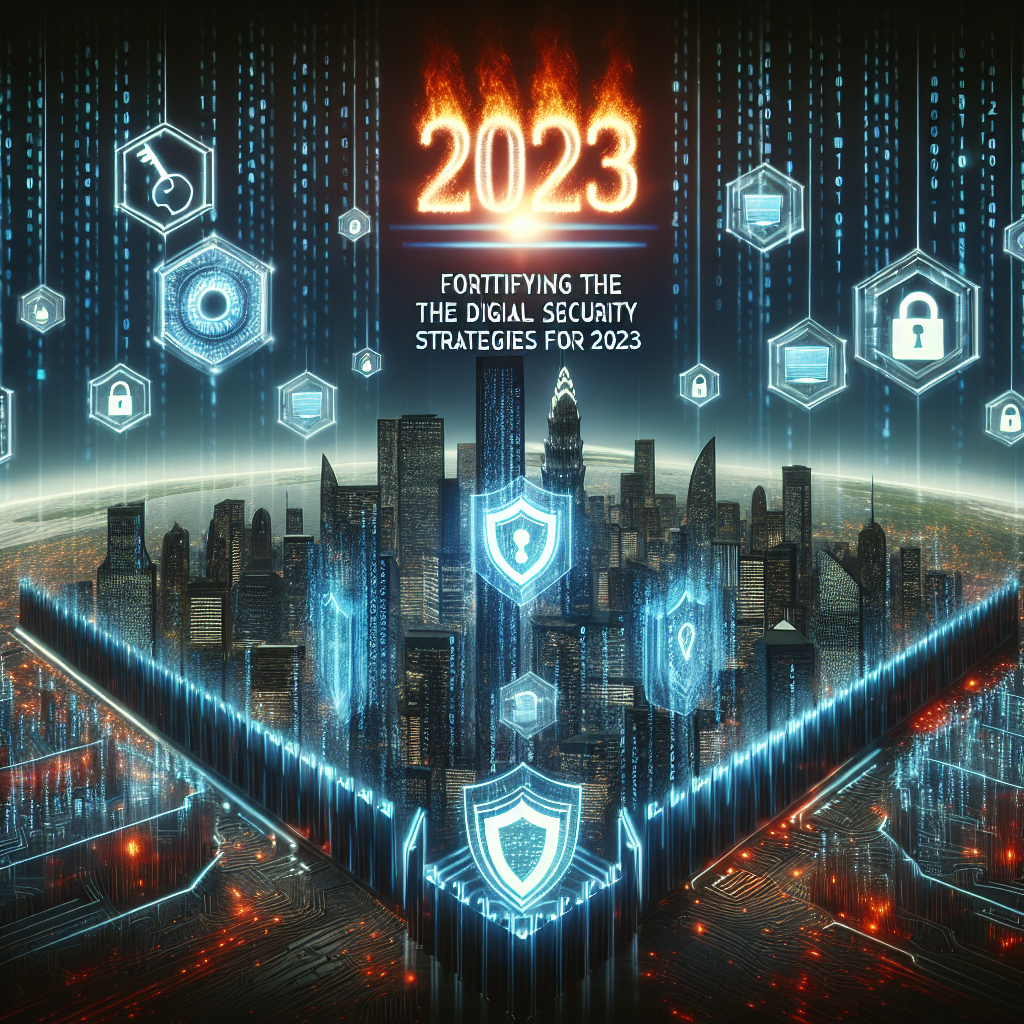In today’s interconnected world, where businesses, governments, and individuals rely heavily on technology, cybersecurity has taken center stage. The year 2024 is set to bring more sophisticated attacks, evolving threats, and the need for innovative defense strategies as cybercriminals become increasingly adept at exploiting vulnerabilities. This article examines key trends expected to shape the landscape of cybersecurity in 2024 and beyond.
1. Rise of Artificial Intelligence in Cyber Warfare
Artificial intelligence (AI) is both a boon and a bane in cybersecurity. As AI capabilities grow, attackers are leveraging machine learning algorithms to automate their attacks, making them more efficient and harder to detect. Phishing scams, for instance, can be personalized at scale, making them more convincing.
Conversely, defenders are also harnessing AI to bolster their security measures. AI-powered systems can analyze vast amounts of data to detect anomalies, identify breaches, and respond to threats in real-time. In 2024, we can expect to see an increased investment in AI-driven cybersecurity solutions, particularly in threat hunting and incident response.
2. Expansion of Zero-Trust Architecture
The zero-trust security model, which operates on the principle of "never trust, always verify," continues to gain traction among organizations. As the digital landscape evolves with remote work and cloud computing becoming the norms, traditional perimeter-based security measures are inadequate.
In 2024, organizations are expected to adopt zero-trust architecture more widely, implementing consistent identity verification, minimal user access rights, and continuous monitoring of user behavior. This shift will be crucial for safeguarding sensitive data and mitigating insider threats.
3. Focus on Privacy-Enhancing Technologies (PETs)
With an increase in data breaches and stringent regulations like GDPR and CCPA, protecting user privacy has never been more critical. Privacy-enhancing technologies (PETs) are designed to collect, process, and share data while maintaining user privacy.
In 2024, we expect to see more organizations adopting PETs, such as differential privacy, federated learning, and encryption techniques. These technologies will allow businesses to leverage data-driven insights while ensuring compliance with evolving privacy regulations and maintaining consumer trust.
4. The Proliferation of Ransomware as a Service (RaaS)
Ransomware continues to be a prominent threat in the cybersecurity landscape. The emergence of ransomware as a service (RaaS) has democratized access to sophisticated ransomware tools, allowing even non-technical individuals to execute attacks with devastating consequences.
In 2024, organizations need to be prepared for an increase in RaaS attacks. Companies should invest in advanced threat detection, employee training, and incident response plans to mitigate their risks. Backup and recovery strategies must also evolve to counteract these threats effectively.
5. Supply Chain Security Will Take Center Stage
Recent high-profile supply chain attacks have underscored the vulnerability of interconnected systems. Cybercriminals are increasingly targeting third-party vendors to breach larger organizations, highlighting the need for comprehensive supply chain security measures.
In 2024, we can expect organizations to prioritize supply chain risk assessments, conduct thorough due diligence on vendors, and implement robust security practices throughout their supply chains. The shift toward more resilient supply chains will be crucial in minimizing the risks posed by external partnerships.
6. Greater Emphasis on Cybersecurity Hygiene
Cybersecurity hygiene encompasses the basic practices and protocols that individuals and organizations can follow to protect themselves from cyber threats. As threats become more sophisticated, the fundamental principles of cybersecurity hygiene will remain essential.
In 2024, we anticipate a greater emphasis on educating employees about secure practices, such as password management, software updates, and recognizing phishing attempts. Organizations will likely adopt more stringent policies on device management and access controls, recognizing that human error is often the weakest link in the cybersecurity chain.
7. Cloud Security and Multi-Cloud Strategies
As businesses increasingly migrate to the cloud, securing cloud environments has become paramount. Misconfigurations and vulnerabilities in cloud services can lead to significant data breaches and compliance issues.
In 2024, organizations will need to adopt a holistic approach to cloud security, emphasizing security posture management and implementing multi-cloud strategies. This will involve using unified security management tools to oversee multiple cloud services and applying consistent security standards across different environments.
8. Increased Regulation and Compliance
The global regulatory landscape surrounding cybersecurity continues to evolve, with governments implementing stricter guidelines to protect consumer data. Organizations need to navigate an increasingly complex web of regulations, from GDPR in Europe to various state-level laws in the U.S.
In 2024, we can expect the trend of increased regulation and compliance to continue, impacting how organizations manage their cybersecurity strategies. Companies must remain vigilant, adapting to new regulations and implementing adequate policies to protect sensitive data and avoid expensive fines.
9. Cybersecurity Skills Gap and Workforce Development
As cyber threats escalate, the demand for skilled cybersecurity professionals has surged. However, a significant skills gap persists, making it challenging for organizations to find qualified personnel to fill critical roles.
In 2024, organizations will need to invest in workforce development, focusing on training and upskilling existing employees while fostering a culture of continuous learning. Collaboration with educational institutions and the adoption of apprenticeships and mentoring programs can also help to address the cybersecurity talent shortage.
Conclusion
As we transition into 2024, the cybersecurity landscape will continue to evolve, marked by increased sophistication in attacks and a growing awareness of the critical importance of cybersecurity. Organizations must stay informed about these trends and be proactive in implementing robust security measures to protect their digital assets. By embracing innovative technologies, fostering a culture of security, and developing a skilled workforce, businesses can better safeguard their operations against emerging threats and secure their place in an increasingly digital world.
As we delve deeper into the world of cybersecurity, understanding the key technologies and strategies becomes essential. Speaking of the rise of artificial intelligence, you might be interested in exploring how Artificial Intelligence is transforming various industries. Additionally, with the increasing focus on Supply Chain Security, you can learn how securing the links in a supply chain is vital for maintaining organisational safety. Furthermore, if you are concerned about the ongoing cybersecurity skills gap, exploring its implications and possible solutions could provide valuable insights for both businesses and educational institutions.





